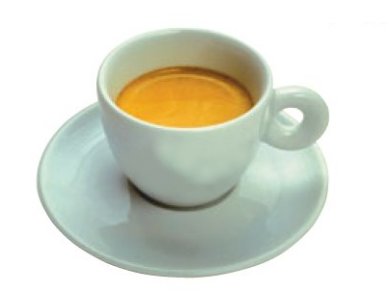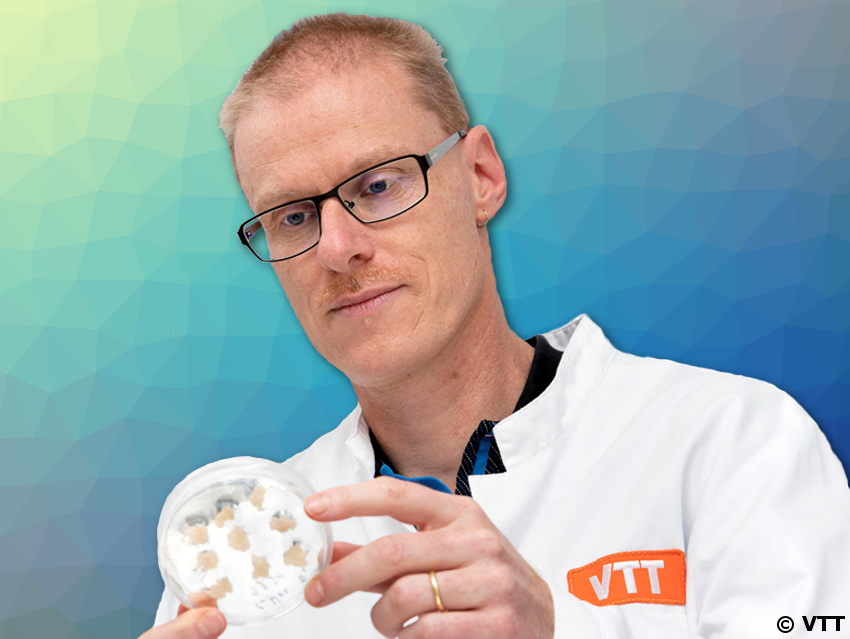Welcome to the Sunday ChemistryViews Quiz!
We explore a chemistry topic in this fun and short quiz which will be out in irregular intervals on a Sunday morning. Test your knowledge and learn something new in just a few minutes.
Ready to dive in? Let’s go!
The perfect milk foam in a cappuccino requires only air and heat—true or false? 🤔
See answer
❌ False!
Air and heat help, but without properly structured milk proteins, stable foam cannot form.
☁️ How Foam Forms
• Foam = Air in Milk — Whisking injects air, creating a dispersion of gas bubbles.
• Don’t Stir, Fold — Whisk by gently folding air in.
🧶 The Role of Proteins
• From Globules to Networks — Whey proteins (notably β-lactoglobulin and α-lactalbumin) are tightly coiled in their native state—like tiny wool balls.
• Unfolding via Shear — Mechanical energy unfolds these amphiphilic proteins, exposing hydrophobic sites that adsorb at the air–water interface and stabilize bubbles.
• Protein Content Matters — Cow’s milk, rich in proteins, foams reliably. In contrast, almond and rice milk contain less protein, making it harder to create stable foams.
• Fat: A Foaming Foe — Milk fat (especially lipolysis products like free fatty acids) disrupts protein networks and reduces foam stability.
🔥 The Importance of Temperature
• Heat Helps—But Carefully — Moderate heating (60–65ºC) enhances molecular motion, increasing protein flexibility. Beyond ~70°C, proteins denature irreversibly destroying the protein.
😈 Gravity: Foam’s Natural Enemy
• Drainage and Rupture — Liquid drains from bubbles under gravity, thinning them until they burst.
• Viscosity Slows Collapse — Cream (higher fat and protein content) resists collapse longer than low-viscosity systems like beer foam.
🔬 Component Effects
• Lactose — Increases viscosity and hinders protein diffusion, reducing foamability, but improves stability by retaining liquid and preventing bubble coalescence.
• Casein — Surface-inactive protein, increases viscosity and stabilizes foam indirectly by resisting drainage.
👅 Sensory Bonus
• Foam Enhances Flavor — Foam moves smoothly across the tongue toward the back of the mouth, enhancing aroma release as the liquid spreads more evenly over the taste buds.
🍳 Related Phenomena
• Same Principle in Meringue — Egg white proteins (especially ovalbumin) denature and form elastic films around air bubbles during whipping, using the same protein-interface dynamics as milk foam.
Sources
[1] V. Koester, Egg White Chemistry, ChemistryViews 2020. https://doi.org/10.1002/chemv.202000130
[2] Thao M. Ho, Xiaoying Xiong, Bhesh R. Bhandari, Nidhi Bansal, Foaming Properties and Foam Structure of Milk Determined by Its Protein Content and Protein to Fat Ratio, Food Bioprocess Technol. 2024, 17, 4665–4678. https://doi.org/10.1007/s11947-024-03407-y
Also of Interest

Why does an espresso need a crema and what should it look like?

Klaus Roth proves that no culinary masterpiece can be achieved without a basic knowledge of chemistry

Interview with Heiko Rischer, VTT Finland, about the potential of cellular agriculture for sustainable food production





